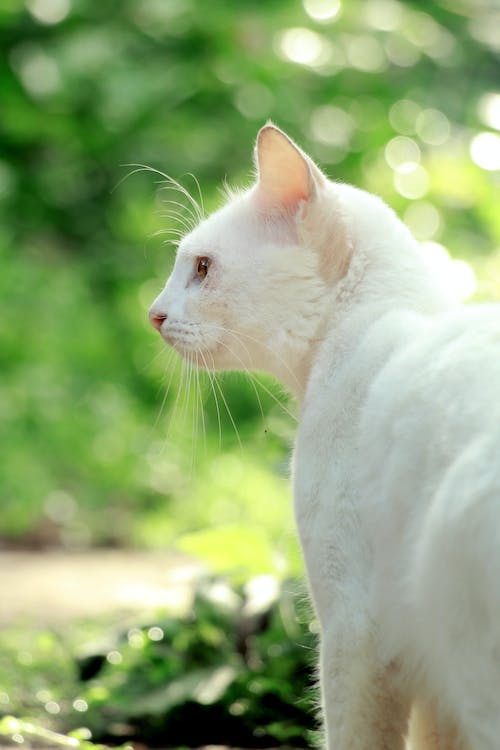How to Tame a Cat: From Stray to Forever Friend
Hey there, cat-loving friend! So, you’ve spotted a mysterious feline around your home – it’s lean, possibly homeless, and a bit skittish. You’ve decided to give this wandering soul a forever home, but it keeps darting away whenever you approach. Don’t worry; we’re here to guide you through the process of taming a cat. Whether it’s a stray, wild, or feral cat, we’ve got you covered.
Understanding Different Cat Types

Before we dive into taming techniques, let’s understand the differences among the cats you might encounter:
Stray Cats: Stray cats may be lost, abandoned, or just out for a stroll. They’ve had some exposure to humans and are typically the easiest to tame. With a bit of patience, they can adapt to domestic life quickly.
Wild Cats (Hare Cats): These cats live close to humans but avoid direct contact. They’re often found in rural areas, overgrown spots, or cemeteries. Taming them can be more challenging, as they tend to be fearful of humans and remain cautious throughout their lives.
True Wild Cats: These are a different species altogether and are not domestic cats. Found in a few regions of America, they cannot be tamed or approached. These animals are protected and should not be transported or possessed.
Important: If you decide to adopt a cat hanging around your home, make sure you’re ready for a lifetime commitment. If the cat has been abandoned once, it’s best not to give it another chance. If you can’t care for it, consider notifying a cat protection association.
Steps to Taming a Cat

Now, let’s get into the nitty-gritty of taming your newfound feline friend:
Step 1: Win the Cat’s Trust
Start by providing food to stabilize the cat in your area. Choose a quiet spot near where the cat frequents. Establish a daily feeding routine to create a sense of anticipation.
- Let the cat eat alone initially while you observe from a distance.
- Gradually reduce the distance between you and the cat.
- Kneel down and speak softly to the cat to appear less intimidating.
Step 2: Make Contact with the Feral Cat
If the cat seems comfortable and you can move closer without causing it to flee, attempt to let the cat feel your hand. If it runs away, don’t push it. Some cats won’t progress beyond this stage.
Important: Never try to catch a fearful cat forcefully. It could result in injury and undo any progress in building trust.
Step 3: Caress the Cat
Physical contact is essential when taming a cat, especially if you need to handle it for vet visits or other necessities. Build trust by allowing the cat to choose the moment of contact.
- If the cat continues to eat without fear, gently offer your hand for contact.
- If the cat hesitates, use treats placed in your hand to encourage it.
- Gradually introduce light strokes, starting around the head.
Step 4: Open Your Home to the Cat
To transition the cat into your household:
- Create a welcoming space.
- Choose a quiet, accessible room with essentials like food, water, and a place to sleep.
- Allow the cat to explore other areas at its own pace.
Tip: Be patient as the cat learns house rules, like using the litter box or not scratching furniture.
Step 5: Accept the Cat’s Choice
If the cat can be approached and petted within a few days and readily enters your home, it may have been lost or abandoned. After checking its identification with a vet, taming should be relatively straightforward.
However, if the cat remains elusive and anxious even after months of effort, taming might not be possible. In such cases, it’s advisable to notify a cat protection association. They can have the cat neutered and released back into its natural habitat. You can still improve its quality of life by providing food and outdoor shelter.
So there you have it, a guide to taming a cat. Remember, patience is key, and every cat is unique. Whether your new friend becomes a cuddly companion or a more independent outdoor cat, you’ve made a positive impact on its life. Happy taming!
